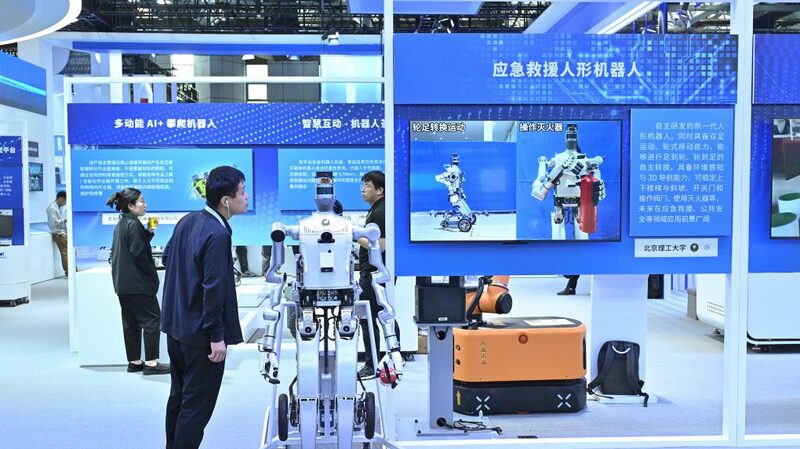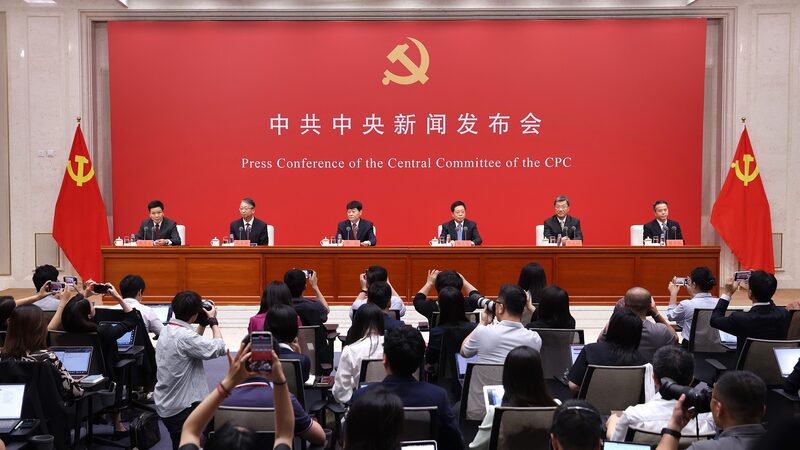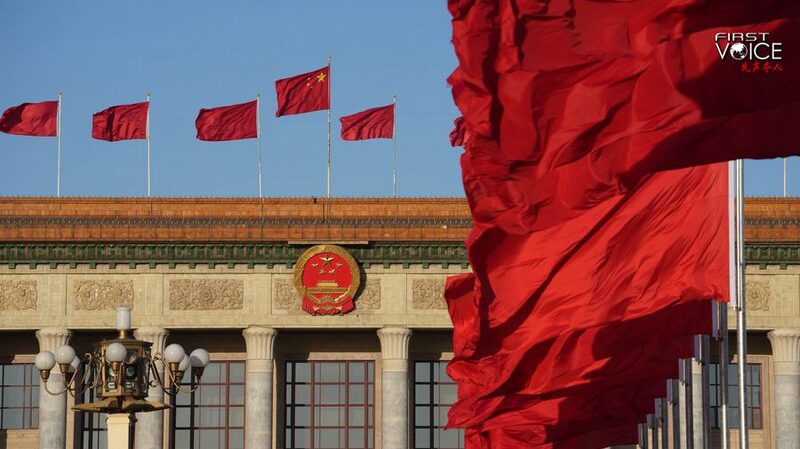The third plenary session of the 20th Central Committee of the Communist Party of China (CPC) is set to convene in mid-July in Beijing, marking a pivotal moment in China's journey towards modernization. Traditionally, these sessions are crucial in outlining systematic, comprehensive, and forward-looking frameworks for the nation's development. This year, the plenum holds particular significance as it aims to advance Chinese modernization through comprehensive deepening of reform.
Over the past four decades, reform has been the cornerstone of China's transformation, serving as the driving force behind its rapid development. By dismantling outdated systems and mechanisms that hindered progress, China has unlocked the energy and vitality of its society, propelling it to become the world's second-largest economy.
One of the most profound examples of successful reform is the rural household contract responsibility system. This initiative resolved longstanding issues in labor productivity and significantly boosted agricultural output within just a few years, safeguarding China's food security. Moreover, it liberated rural labor, allowing many to join the industrial and service sectors. This shift spurred the development of small towns and township enterprises, contributing significantly to China's emergence as a global manufacturing powerhouse.
According to a survey by the National Bureau of Statistics, the proportion of migrant workers employed in non-agricultural industries continued to rise in 2023, with 53.8 percent engaged in the tertiary sector and 45.5 percent in the secondary sector. This migration of labor reflects the ongoing shifts in China's economic landscape, underscoring the importance of continued reform.
The upcoming plenary session is expected to introduce new policy decisions that will attract considerable attention. By comprehensively furthering reform, China aims to convert its vast population into a developmental advantage, facilitate deeper integration into the global economy, and leverage new opportunities for modernization.
As China stands at this critical juncture, the commitment to reform is more vital than ever. The nation's experience demonstrates that the transformative power of reform lies in its capacity to unleash the potential of its people. By continuing on this path, China seeks to achieve its modernization goals and contribute positively to the global landscape.
Reference(s):
Why comprehensively furthering reform vital for Chinese modernization
cgtn.com








